10. Hour of the Wolf (Ingmar Bergman, 1968)
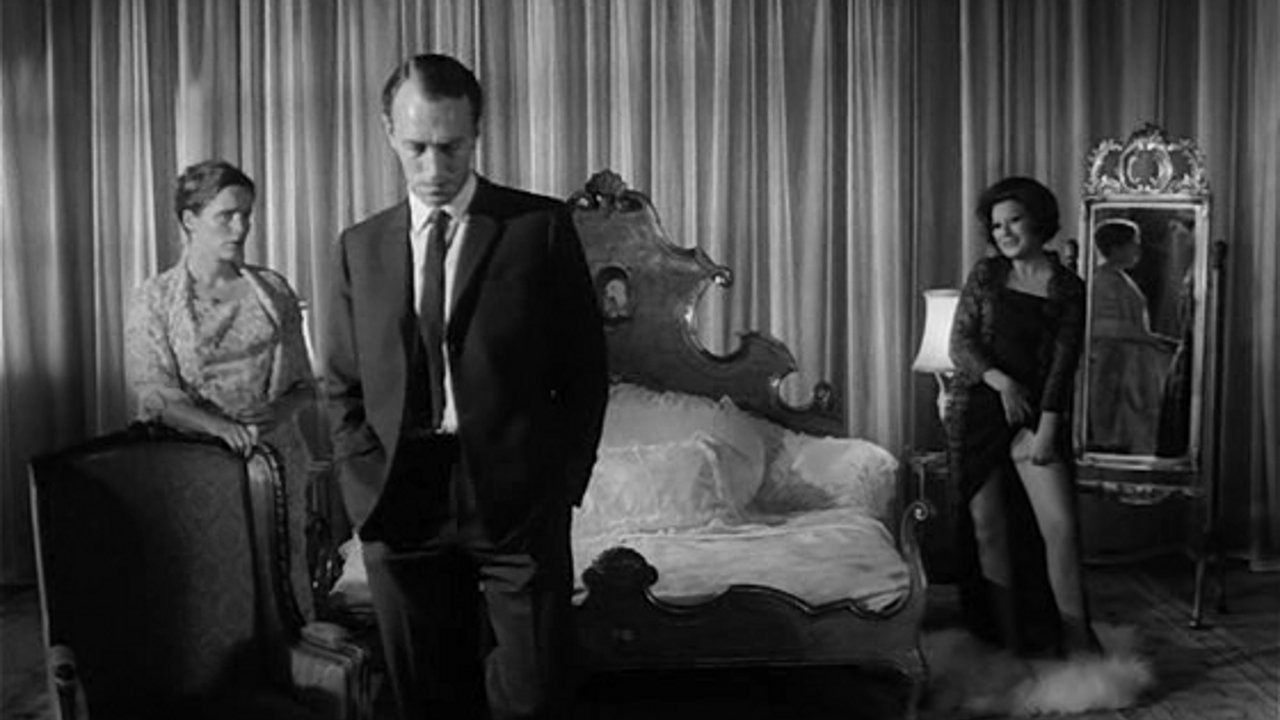
Though he instilled plenty of fear and existential dread in his audience throughout his lengthy and illustrious career, Ingmar Bergman is not the first name that comes to one’s mind when distilling the annals of horror cinema. With that being said, the Swedish mastermind behind ‘Persona’ and ‘The Seventh Seal’ rounded up his regular gang and took a rare stab at the genre in this hallucinatory chamber drama.
The title of the film refers to the time of day where most births and deaths are said to occur. It’s within those idle hours between dusk and dawn where our main two characters, a struggling painter (Max Von Sydow) and his supportive wife (Liv Ullman), confront their deepest fears, repressed traumas, and lingering regrets. Filmed by Sven Nykvist in stark chiaroscuro lighting, the brilliance of ‘Hour of the Wolf’ is that it places us right there at the center of their delirium, forcing us to watch this dysfunctional couple disintegrate both mentally and physically in a tableaux of haunted images.
9. The Exorcist (William Friedkin, 1973)
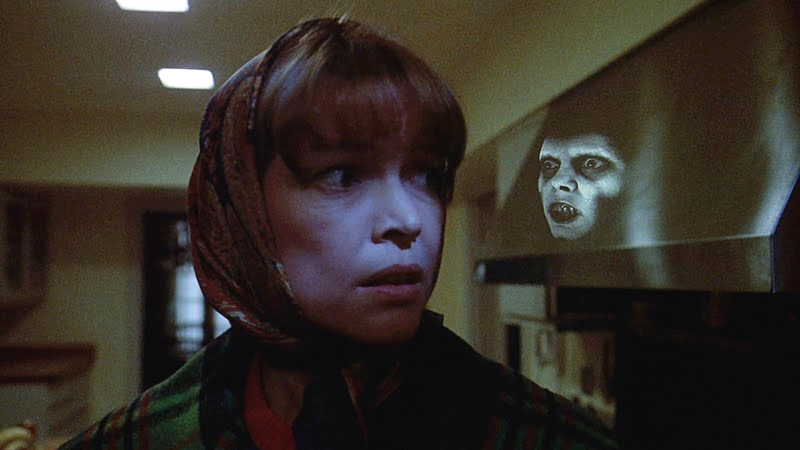
Demonic forces reared their ugly head during the late ’60s, most notably in Polanski’s ‘Rosemary’s Baby’, and came squirming out to terrorize audiences in the following decade in William Friedkin’s trailblazing blockbuster — a film that came under close scrutiny for supposedly corrupting young viewers with its unholy imagery and even prompted multiplexes to offer barf bags during screenings.
Almost fifty years removed from its debut, the daunting reputation that precedes ‘The Exorcist’ is that of the scariest film to ever grace the screen. Granted, it might not compete with modern gore-fests strictly in terms of graphic violence. But there’s a sense of dread and impending doom permeating every last frame of Friedkin’s classic that’s never been quite replicated on-screen since. If you have seen it, you’ll probably remember where, when, and with whom you first did. ‘The Exorcist’ proved that nothing is sacred, that evil is very real, and is lurking right around the corner as we speak.
8. Kwaidan (Masaki Kobayashi, 1964)
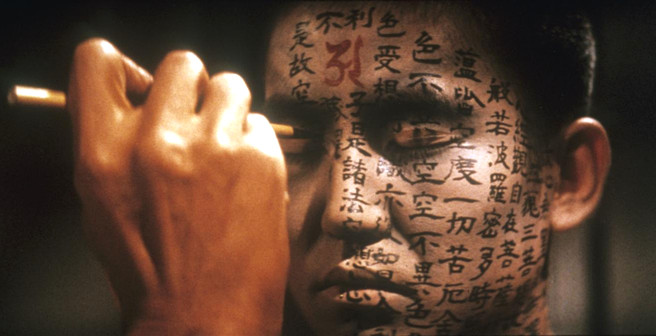
Masaki Kobayashi wasn’t only one of the greatest Japanese storytellers, but also its most essential moralist. After masterfully probing how fanatic adherence to feudal codes of honor (‘Harakiri’) and narrow-minded chauvinism (‘The Human Condition’) corrodes life and human decency on a massive scale, the legendary director continued one of the greatest streaks of all time with his first and only horror feature.
Swirling in the gray space between theater play, ethereal dreamscape, and book folktale, ‘Kwaidan’ is a transfixing anthology of ghost stories bifurcated in four segments, each in and of itself a self-contained masterpiece yet laced together under one overriding theme. Deeply rooted in Japanese folklore and making deft use of lush hand-painted sets and eerie sound design, the film unfurls across the screen like poetry in motion, clinging to memory like an unshakable dream.
7. Twin Peaks: Fire Walk with Me (David Lynch, 1992)
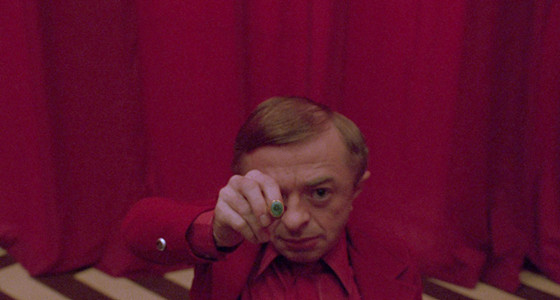
Who killed Laura Palmer?
Built around this burning question and the absence of the 17-year-old homecoming queen found wrapped in plastic on the series’ pilot, David Lynch’s landmark TV series surveyed America’s small-town dark underbelly before getting cancelled after two seasons.
Conceived as both a preamble and coda to Twin Peaks, ‘Fire Walk with Me’ exhumed this larger-than-life martyr as a real, breathing person — giving us a chance to know her during the week leading up to her agonizing murder. Stripped of all the coziness and soapy melodrama that defined the series, the film was lambasted by the “coffee and cherry pie” crowd, most of whom were knocked sideways by the unflinching portrait of sexual abuse, neglect, and unfathomable trauma Lynch had cooked up. Time, however, has only solidified its place as one of the most soul-crushing, yet achingly compassionate portrayals in all horror.
6. Suspiria (Dario Argento, 1977)
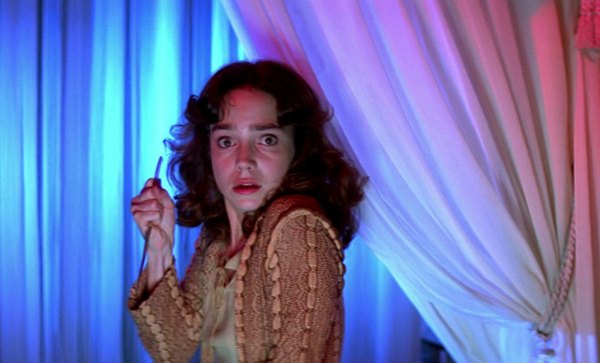
In the ne plus ultra of ’70s gialli, Dario Argento puts us in the shoes of a young American ballet student (Jessica Harper) who gets way more than she bargained for during her stay at the prestigious, yet sinister Tanz Dance Academy in Germany.
This context-heavy plot synopsis, however, is not the main reason why ‘Suspiria’ has managed to beguile viewers for nearly 50 years. Not to take anything away from its many revelations and ominous scares, but this is an experiment on style with an aesthetic so arresting that it overrides everything else, including the surface narrative itself. Punctuated by slashes of vivid crimson hues and candy-colored greens and yellows, ‘Suspiria’ engulfs the viewer on a purely sensory level, imprinting its paroxysm of hyper-stylized Technicolor straight into your mind’s eye. Even if you’re not enraptured by the writing, you’ll have a tough time emerging from the film’s trance once the credits roll.
5. Videodrome (David Cronenberg, 1983)
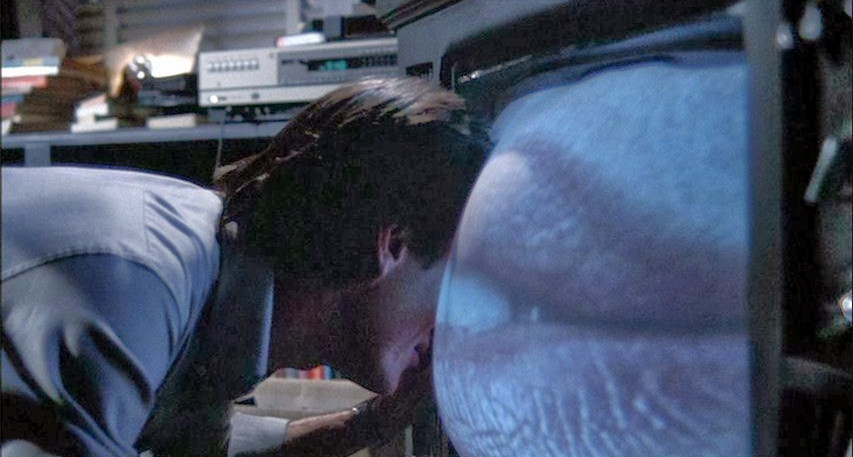
Even though “to be ahead of its time” has become an all-purpose truism when heaping praise on stone-cold classics, David Cronenberg’s gnarly opus truly earns the distinction. With the advent of social media and immersive entertainment, Videodrome’s distressing verdict cuts deeper and deeper with each passing year.
Morbid voyeurism gets the better of one Max Renn (James Woods), the producer of an underground TV station who, in a desperate quest for extreme content, stumbles upon a hyperviolent torture show. What follows is a jittery tumble into the abyss that dissolves the boundaries between reality and delusion before curdling into nightmare fuel. Many films from ‘The Fly’, ‘Scanners’ to ‘Dead Ringers’ could’ve earned a spot in the list, but ‘Videodrome’ remains the Canadian’s finest. Long live the new flesh indeed.
4. Cure (Kiyoshi Kurosawa, 1998)
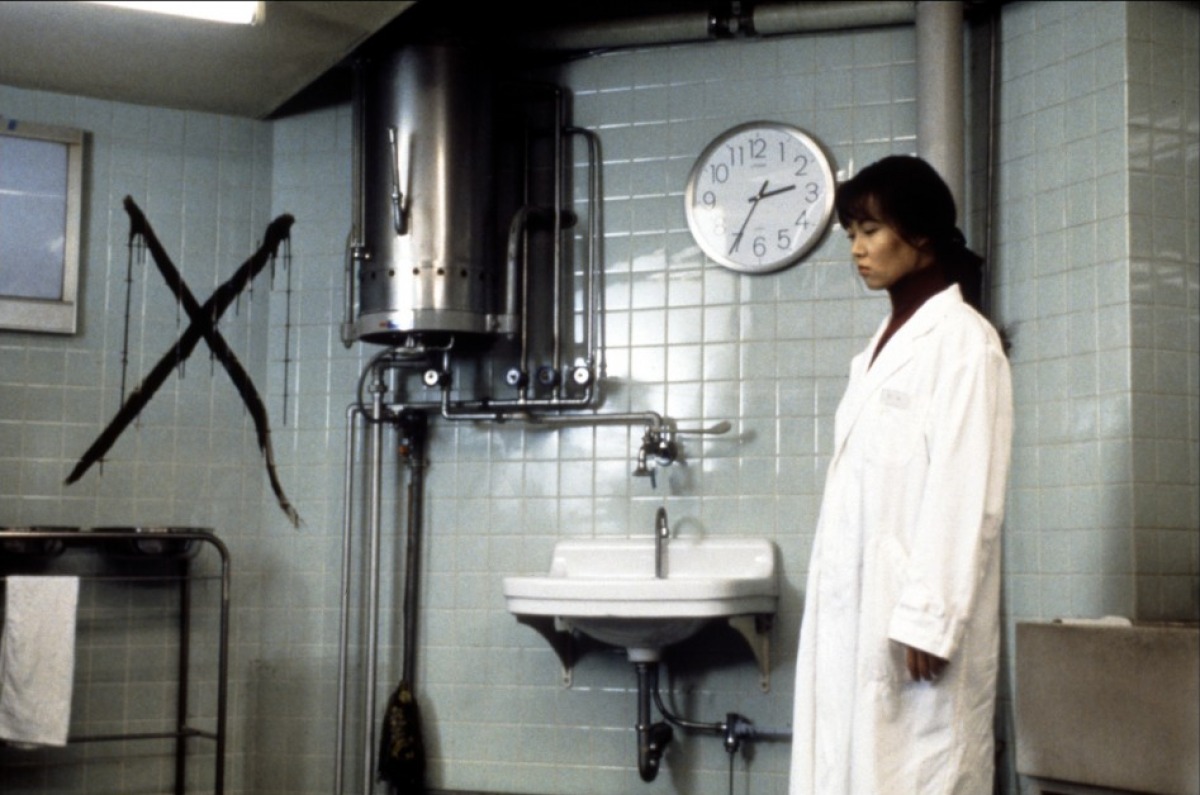
Reinventing the crime procedural with radical confidence by swerving around all of its well-trodden conceits, Kiyoshi Kurosawa’s ‘Cure’ is a film that grabs you by the throat and doesn’t let go. The film centers around the cat and mouse game between a dogged inspector (Kōji Yakusho) and a psychology student-turned-criminal mastermind who hypnotizes random strangers to commit gruesome murders.
Though often lumped in with the wave of J-horror chillers it obviously paved the way for, ‘Cure’ levels all the competition by rooting its terror in reality. It is as much a horror film as a disquieting trip into the dark recesses of the subconscious — one that taps into all the sadistic urges we keep buried there and refuse to acknowledge for ourselves. Much like the film’s villain, ‘Cure’ takes its time implanting itself in your mind before completely taking you over, but many of its scorching questions will linger with you for long after the credits roll.
3. Rosemary’s Baby (Roman Polanski, 1968)
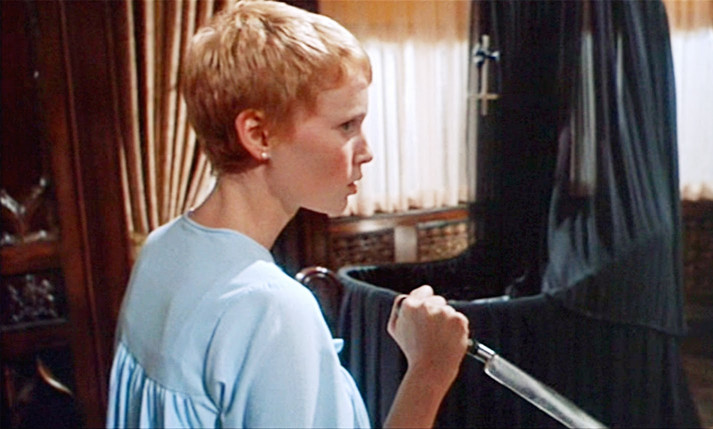
Evil hides in plain sight in Roman Polanski’s occult classic, in which Mia Farrow and John Cassavetes’ newly-weds settle into their Central Park West apartment. Often imitated but never duplicated, ‘Rosemary’s Baby’ is a master class in conjuring up tension, ratcheting it up with an unerring sense of escalating dread as our tormented protagonist comes to terms with the chilling fate that awaits her newborn son.
Tearing at the very fabric of patriarchy, religion, and the many social norms that engender despair in women, ‘Rosemary’s Baby’ is nothing short of a groundbreaking feat, not only in horror but film as a whole. Playing its cards close to the chest, the film slowly etches into your mind before going straight to the jugular with a blood-curling climax that has rightfully earned its place in the Hollywood pantheon.
2. Alien (Ridley Scott, 1979)
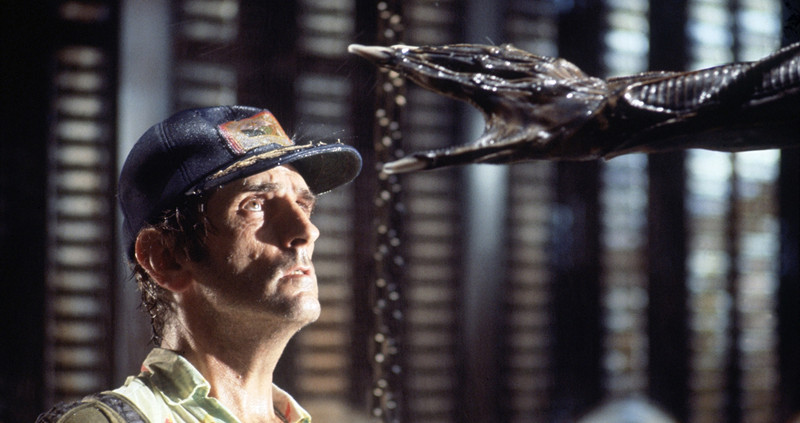
The unknowable, infinite reaches of outer space can be a pretty scary concept to wrap your head around, more so when you’re being viciously hunted by a slimy, phallic-shaped extraterrestrial predator.
Like many great horror movies, Ridley Scott’s space slasher understands that implying is often far more terrifying than showing; quite a basic storytelling notion that many modern films continue to disregard. For all its money-shot sequences and gruesome deaths — including a glorious, quite literally stomach-churning first reveal — the most unnerving moments in ‘Alien’ unfold in the dark corridors of the USCSS Nostromo. Knowing that a lethal, and seemingly unstoppable threat is right around the corner taking your crew one by one, but not quite knowing where it is, will never fail to give us chills. Thank god for Sigourney Weaver.
1. The Shining (Stanley Kubrick, 1980)
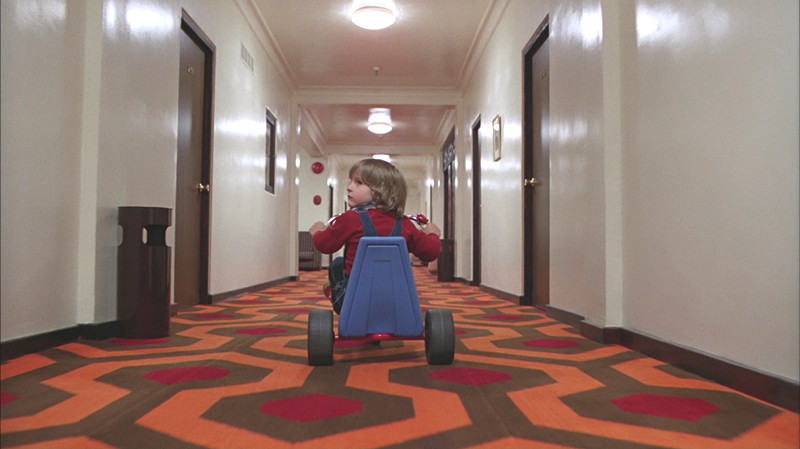
As a film that has become buried under popular acclaim over the past 40 years, it’s easy to forget that ‘The Shining’ was seen in a less than favorable light back when it first opened in theaters in 1980. Bestselling author Stephen King was famously not a big fan of Kubrick’s take on his seminal novel; dubbing it ‘misogynistic’ and ‘cold’, while a plethora of well-respected film critics, from Pauline Kael, Janet Maslin to Roger Ebert, had a field day tearing it to pieces.
Yet, despite its initial lukewarm reception, this two-time Razzie nominee has gained in stature throughout the decades, steadily rendering all complaints null to become one of the crowning achievements in American cinema as well as a perennial October classic.
A startling alchemy of domestic abuse, stir-crazy claustrophobia, and bottled-up feelings all building up to the queasy conclusion that the scariest monster is always within ourselves, ‘The Shining’ is the rare horror classic built to withstand countless watches, each one more riveting than the last. You can measure the long-term impact of Kubrick’s masterpiece by how many movies that followed have been dubbed spiritual successors. Yet again, as its army of half-baked knockoffs continues to pile up, ‘The Shining’ remains one of a kind.